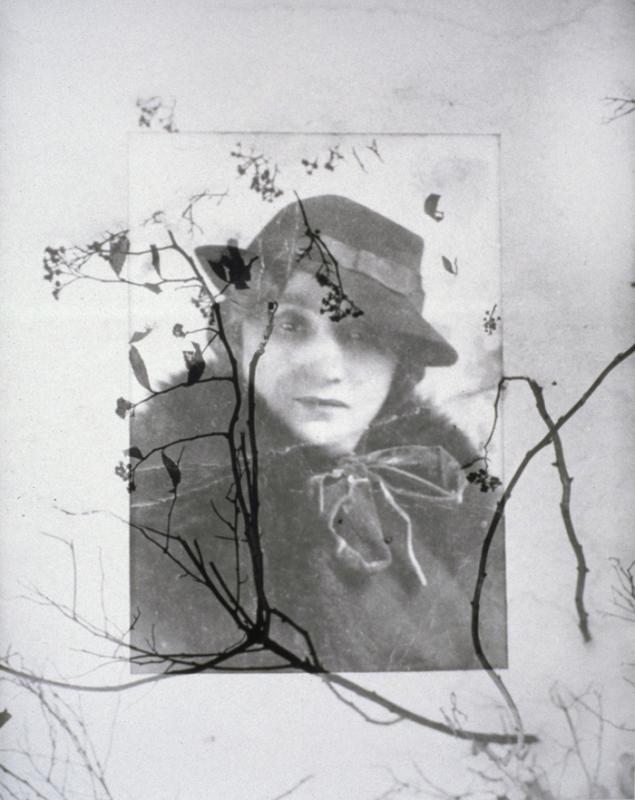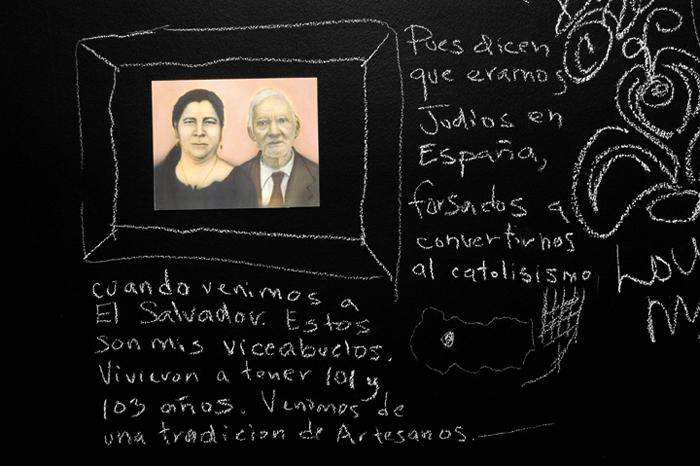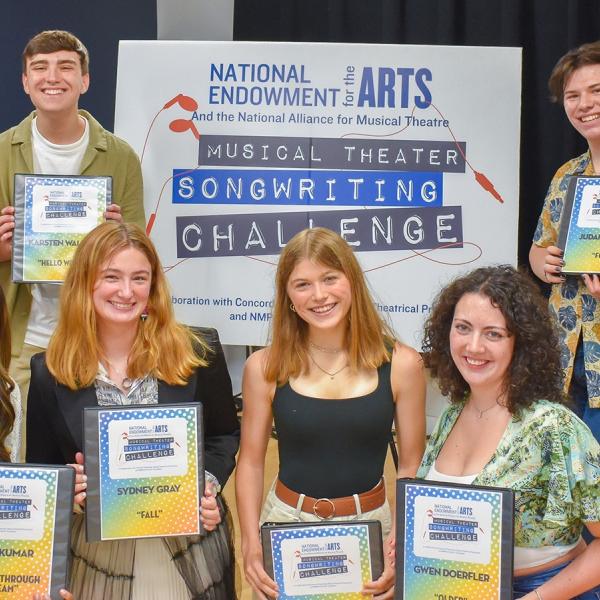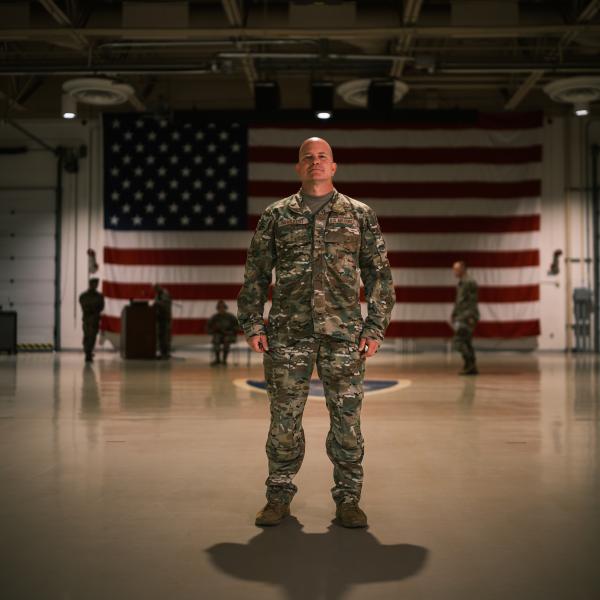Five Ways of Looking at Inspiration with Photographer Muriel Hasbun

Photography has the ability to freeze a fleeting moment, visually fixing a particular place and time in a single, immutable frame. Photographer Muriel Hasbun, on the other hand, has managed to expand her art form in such a way that her pieces move beyond mere moments, instead encapsulating entire family histories, diasporas, and cultural movements. Hasbun uses her work to explore her family’s unusual lineage and the tensions of her native El Salvador, often mixing historic photographs with multiple exposures to evoke the many layers of her personal story.
Hasbun, a former Fulbright Scholar whose work has been exhibited around the world, spoke with the National Endowment for the Arts back in 2013 on how inspiration figures into her career. Today, we're revisiting her reflections to offer you five bits of wisdom on the different ways of looking at inspiration.
- Work hard: "I think that bodies of work, or some sort of insight, usually come because you’ve been toiling away for a long time, and consistently. It’s a process of figuring out what your sources are, figuring out what it is that you’re trying to say—a lot of play and a lot of work."
- Be patient: "I work over time. Nothing comes quickly. It seems that my process is one where I’m collecting these different little hints that I get as I progress."
- Pay attention: "It's a combination of being open, being alert to those particular things that you’re doing and that you’re paying attention to, how it is that you’re making things, and then connecting them. In that connection, something that you never imagined comes about."
- Look within: "Finding the subject of what the artwork will be is perhaps the hardest thing for an artist to figure out. It really entails getting to know oneself."
- Experiment: "There was this whole issue of who am I to different people, and how is it that I can reconcile what it means to be Jewish and Arab and Latina and having grown up in El Salvador and being trilingual. My work became the place where I started to experiment and answer those questions."





